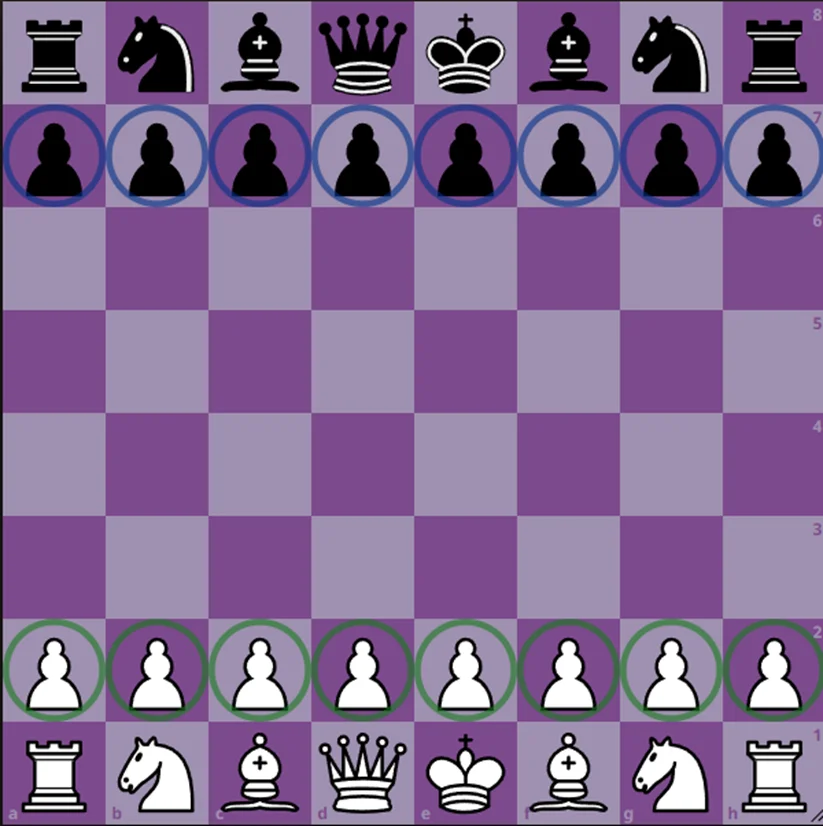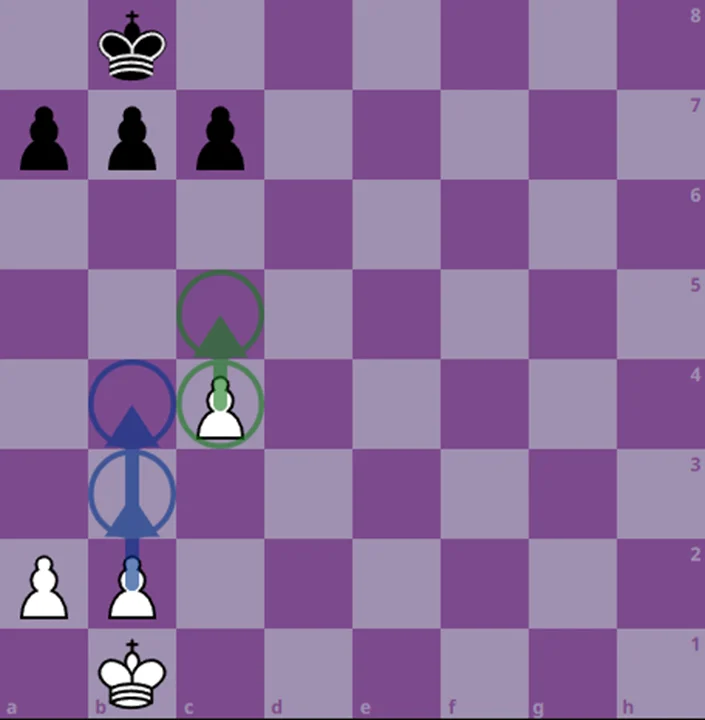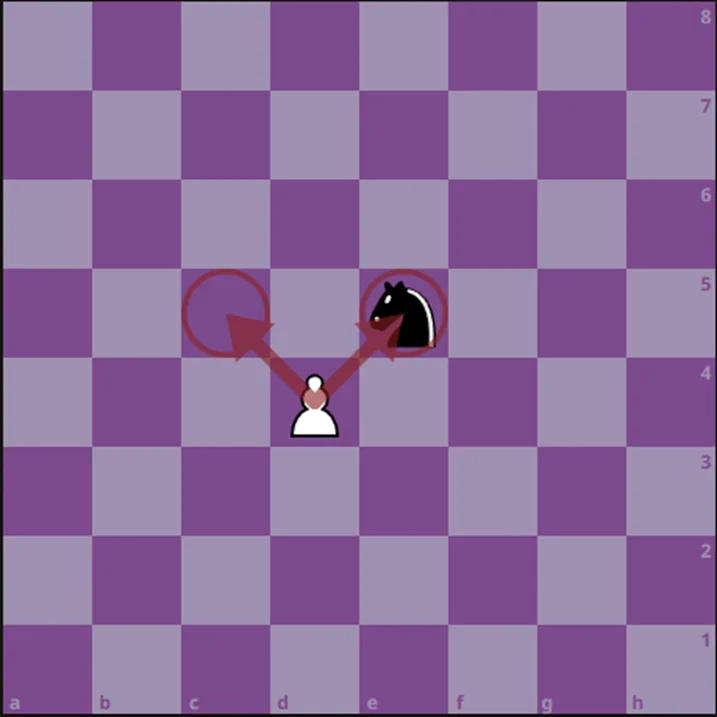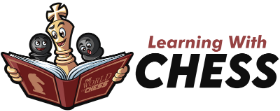How Do Pawns Move In Chess?
11/06/2023 - Actualizado: 21/06/2023
Let's meet the piece that is possibly the most undervalued, either because of its low numerical value or its reduced power, but it is undoubtedly one of the most important.
That's why in this guide you will get to know it in depth and learn how to get its full potential.
We are talking about the Pawn or as the chess legends called it "the soul of chess". Let's see the reason for such a title.

We can identify the pawn as the smallest piece in chess and it always has a spherical or similar head, like a kind of mini-lever.
In chess books there is no letter to identify the Pawn. You only write the square to where you want to move the pawn (if we want to write that the pawn moved to the square e4, we only write the destination square of the pawn, in this case it would be 1.e4). The figure in the diagrams in the books is the following ♙, ♟ (depending on which side it is).
The numerical value assigned is 1 being the lowest in all chess (this can sometimes be a relative value and not the most important).
The initial position of the pawns
The pawns start in front of the strongest pieces, they are located in the second row, looking from our side of the board towards our opponent's side.

How the pawn moves
The pawn moves forward only one square at a time, but if the Pawn is still on its starting square it has the possibility of being able to move two squares forward.

As we can see in the previous image, the most advanced pawn can only move one square, while the two back Pawns, still in their initial position, have the possibility of moving two squares.
The way to capture the pawn
The Pawn has a special way of capturing rival pieces, being more specific, its way of capturing is different from its way of moving.
The manner of capture is the same as that of the Bishop, but only one square, one square diagonally forward.

As we can see in this case the pawn can capture the opponent's Knight.
If we have a piece in front of the pawn and we cannot capture any piece diagonally to continue advancing, it means that our Pawn is blocked.
Crowning Of The Pawn
The coronation is when a pawn reaches the other end of the board (if it is a white pawn, its goal would be row number 8 and if it is a black pawn, its goal would be row number 1) and is exchanged for a piece of greater power (knight, bishop, Rook or queen. It cannot be transformed into another king).
Usually a queen is crowned as it is the strongest piece in the game, but on some very specific occasions it is better to crown another piece.
Coronation has no limit of pieces in play, for example, if we manage to crown the 8 pawns we can have 9 queens in play without any problem (8 crowned queens plus the one we have at the beginning).
The Soul Of Chess
The reason why the pawn is considered the soul of chess is because it is the basis of chess itself, the strong pieces cannot play without the pawn making way.
For example, if the position is closed neither the queen, rooks or bishops can play comfortably, if the pawns protecting the enemy king are out of position or very advanced, the king becomes an easy prey for us, if we have pawns near the coronation we have to accompany them so we can evolve them for a powerful Queen.
The pawn is the main piece with which we fight for the center of the board. Remember that the center is the place where our strongest pieces can bring out their greatest potential, so it is important that our pawns fight for it and then occupy the center with the most powerful pieces.
As we can see the pawns are present in all phases of the game, most of the time our pawns will give us clues on how to continue with our strategy depending on how they are positioned.
⭐️ If you want to know more about other articles similar to How Do Pawns Move In Chess? you can visit our category Chess For Beginners. We are waiting for you inside 👍


Leave a Reply